Walk through one of the most awe-inspiring landscapes found anywhere in the world, just 90 minutes from Sydney, the Blue Mountains. Explore waterfalls, canyons, subtropical forest, escarpments and the views that make this place so renowned, while dining and staying (in luxury on the Grand Traverse trip) perched at the very edge of it all. What makes the Blue Mountains even more special is that whilst you walk physically through one of the most unique and seriously stunning landscapes found anywhere in Australia that you’ll also get to dine and stay at some of the best accommodations and restaurants in the Blue Mountains. This is the perfect opportunity to walk pack free and experience Australia’s stunning natural beauty from the comfort of ensuited accommodation and enjoying excellent meals along the way. Traverse through the most accessible World Heritage-listed wilderness in Australia. Our self-guided and guided walking holidays will take you into the Grand Canyon, past cascading waterfalls, up to panoramic peaks, above and into Jamison Valley via the Scenic Railway and more.
With over one million hectares of preserved rainforest and hundreds of kilometres of pristinely kept trails, there certainly is a lot to explore. See the distinctive blue haze that gives the Blue Mountains their name, take in the panoramic views of innumerable epic lookouts, and get up close with nature. Rare species of plants will creep across the forest floor and extend high into the sky above. Adorable and elusive wildlife will have you peering into the depths of forests, seeking out just a peek of them in their natural habitat. You may even be able to see the famous and elusive Lyrebird.
Learn about the rich history of the mountains and explore the local villages. Accommodations, as well as most of your meals, are included on the Blue Mountains Traverse. Many of the lodges are designed with the needs of walkers in mind. We make your travel easier by seamlessly moving your luggage to the next location while you’re enjoying your walk with just a light day pack. Combine this with the award-winning restaurants and wineries, you’ll begin and end every day in comfort, rested and with a belly full of delicious food. Please note that there is also the option of upgrading your lodging and dining experiences. See Accommodation & Dining for further information. Note that this Blue Mountains Traverse walking holiday is available as a 3, 5 or 7-day itinerary (see more information below.) If you have limited time, the 3-day self-guided option may be the best option. For a group guided itinerary, please see our 3-day Blue Mountains Grand Traverse itinerary which is a part of our luxury walking collective.



 30 years' experience providing walking holidays worldwide
30 years' experience providing walking holidays worldwide


 Source:
Source: